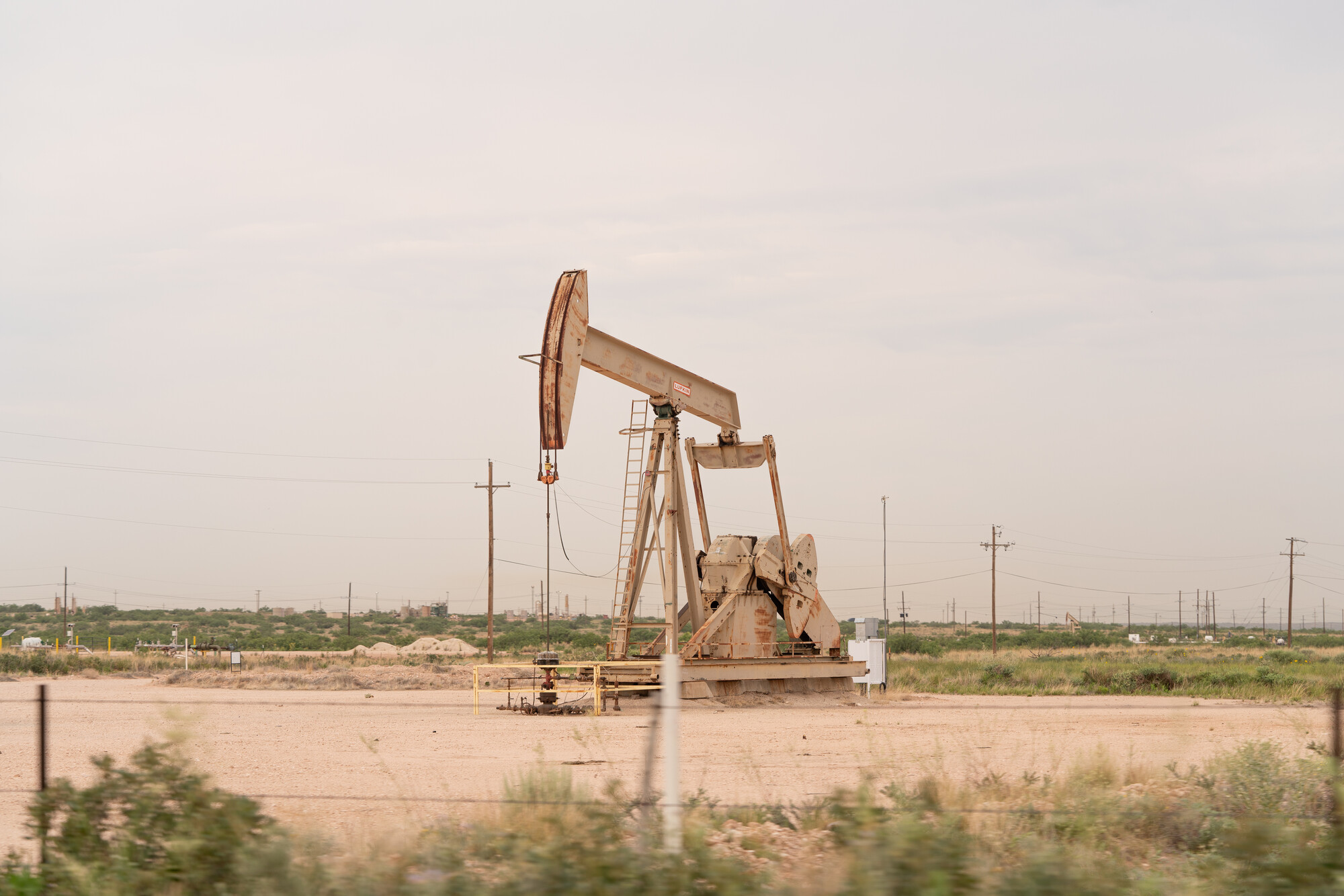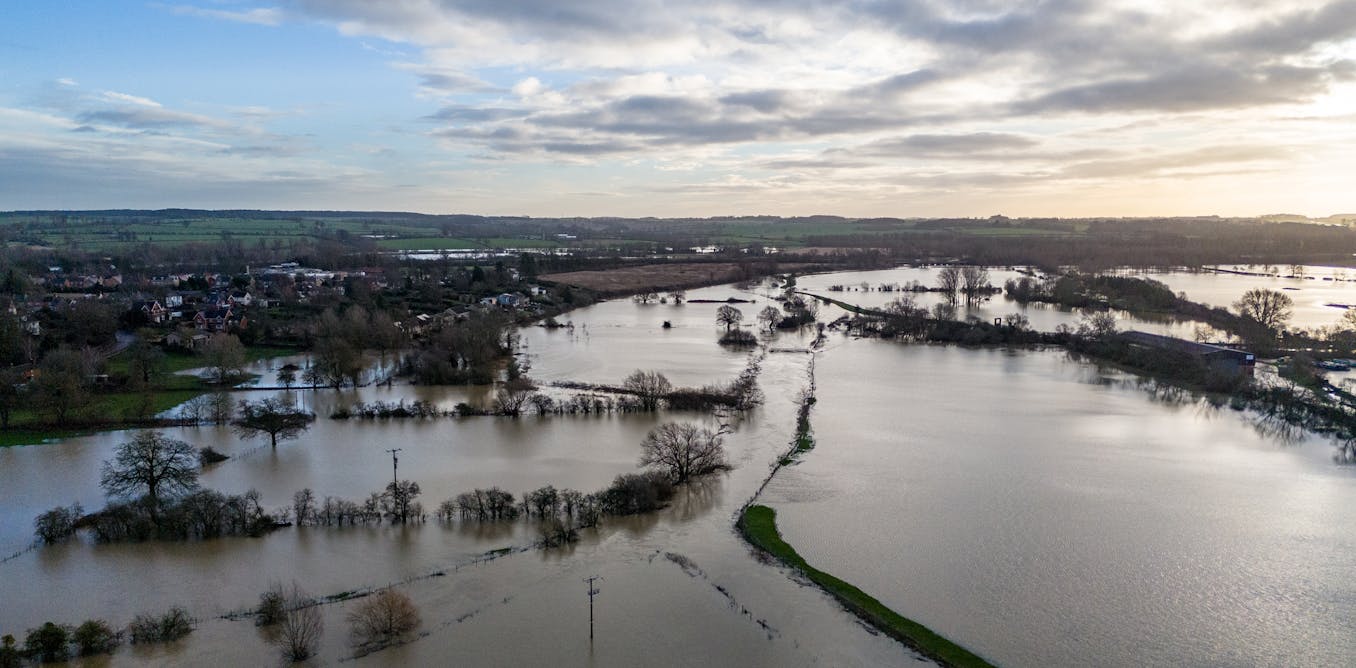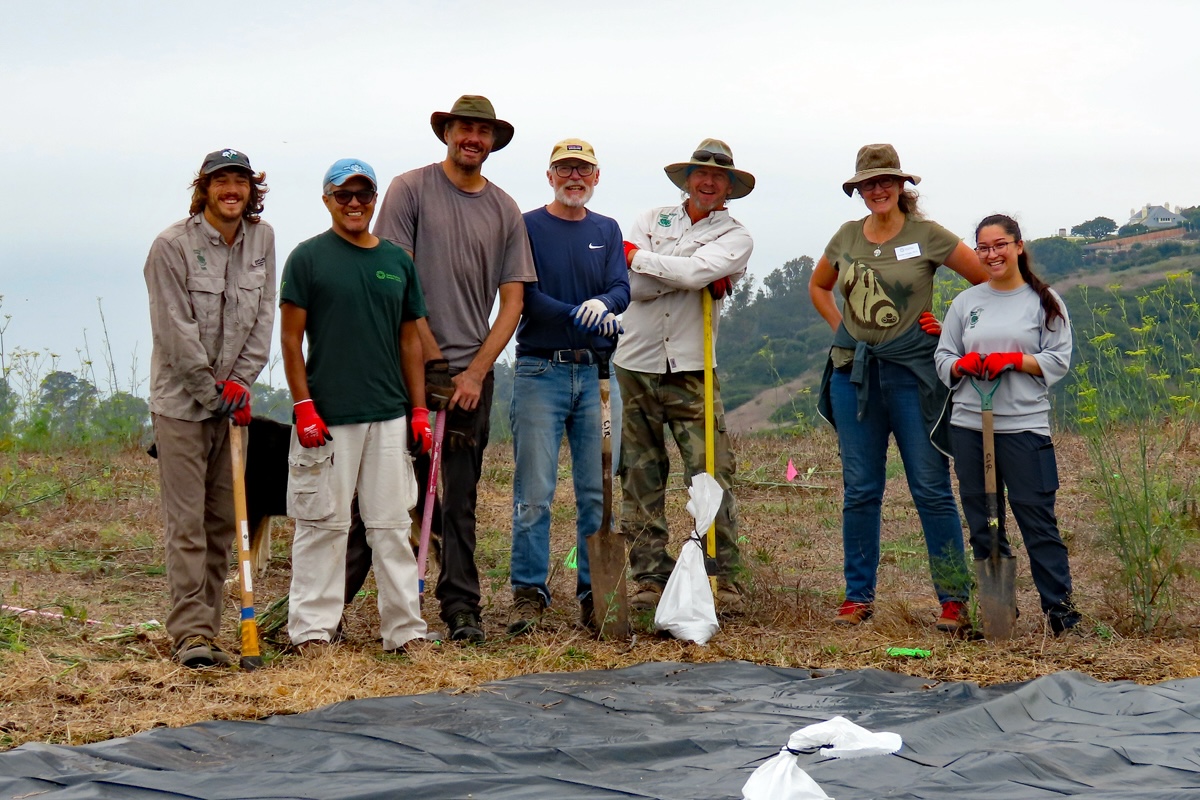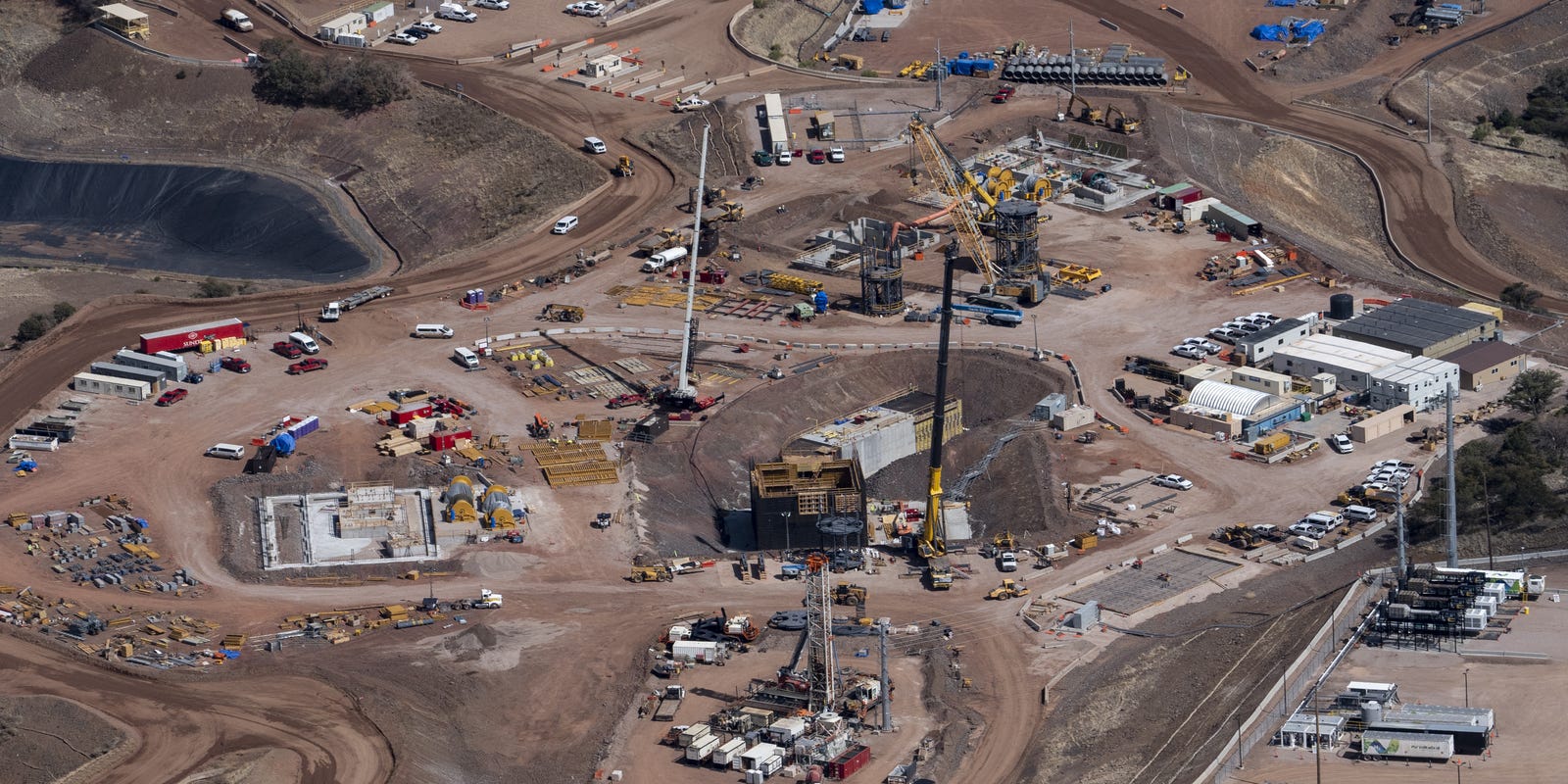
Methane Emissions Plummet in Permian Basin: Green Victory Meets Industry Innovation
In a groundbreaking development for environmental sustainability, S&P Global Commodity Insights has unveiled a promising breakthrough in methane emission reduction. The Permian Basin, a major oil and gas production region, has achieved a remarkable 26% decrease in methane emissions during 2023, marking a significant stride in the battle against climate change. This substantial reduction represents a critical milestone in the industry's efforts to minimize its environmental footprint. By successfully cutting methane emissions by more than a quarter, oil and gas producers in the Permian Basin are demonstrating their commitment to more responsible and eco-friendly operational practices. The achievement not only highlights the potential for meaningful environmental progress within the energy sector but also serves as an encouraging model for other regions and industries seeking to address greenhouse gas emissions. As climate concerns continue to grow, such tangible reductions offer hope for a more sustainable future.









